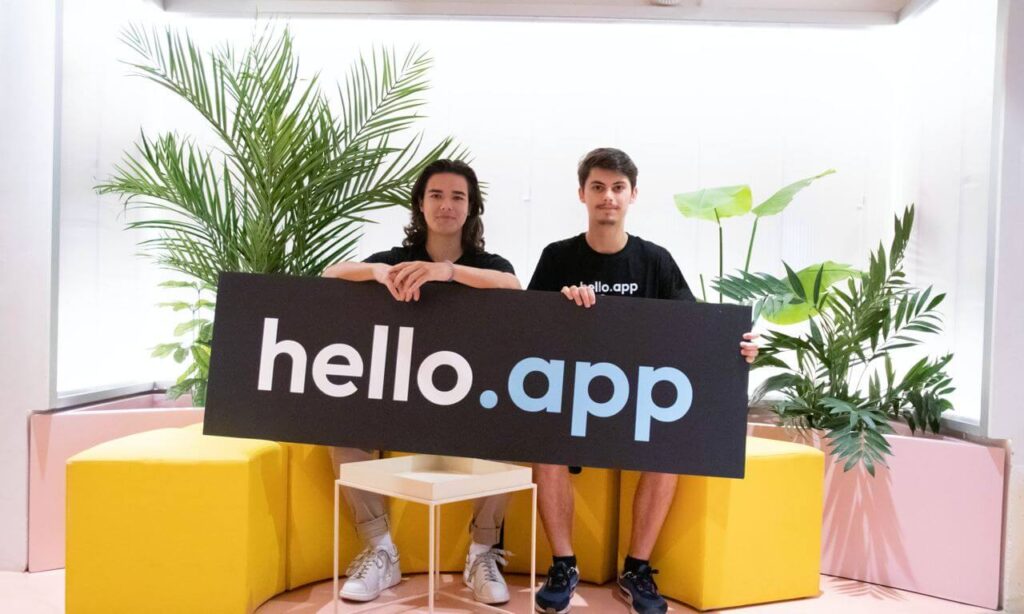Hello.app, a decentralized storage system designed to offer innovative solutions for Web3 users, has been unveiled by the teenage visionary entrepreneurs Álvaro Pintado Santaularia and Alexander Baikalov.
Secures €300k funding
According to an Oct. 17 statement shared with CryptoSlate, the project recently secured €300,000 in a pre-seed funding round, valuing the company at €1.4 million. The funding would be expended on addressing the shortcomings of conventional Web2 storage solutions and positioning the company as a Web3 equivalent of Dropbox.
Notably, the storage system represents the world’s inaugural user-controlled, open-source Web3 decentralized storage software. As a part of its product launch campaign, new users are granted 100GB of free storage.
Meanwhile, the acquisition of the hello.app domain represents a strategic investment by the founders to foster mainstream adoption. The hello.app domain is one of Spain’s most costly web domain purchases in history, amounting to €115,000 (approximately $120,000).
Decentralized storage
Distinguishing itself from centralized storage systems, hello.app harnesses blockchain technology to deliver heightened security, data privacy, and user control. This approach empowers users to maintain data ownership in a decentralized ecosystem, free from single points of ownership and control.
Hello.app also allows users to serve as node operators by contributing storage to the system and, in turn, earning corresponding rewards. With its emphasis on user autonomy and privacy, this platform is poised to redefine both the storage and Web3 sectors.
Álvaro Pintado Santaularia, the CEO and Founder of hello.app, revealed that the platform’s creation stems from the imperative to address prevalent Web2 storage issues. He pointed out that the dominance of industry giants has raised concerns about individual data privacy.
“The vision of hello.app is to re-wire the status quo data storage landscape and deliver a more user-centric and transparent framework that serves the best interests of the individual.”
Read the full article here

